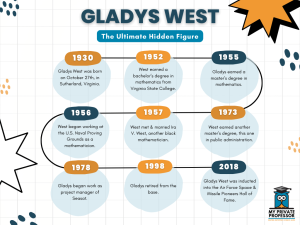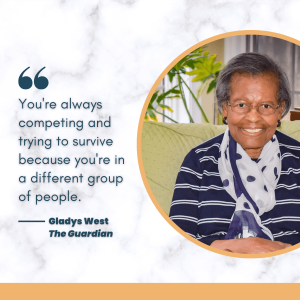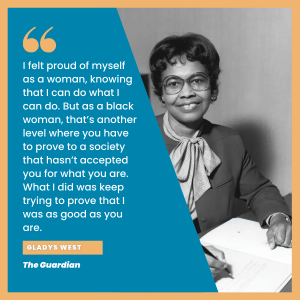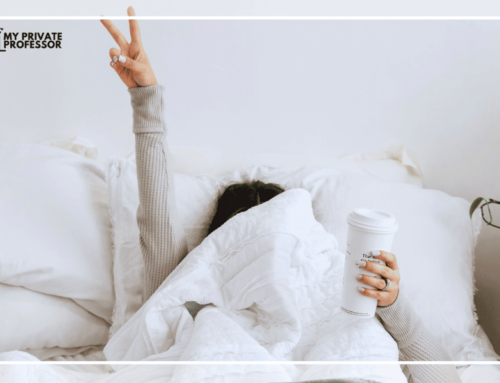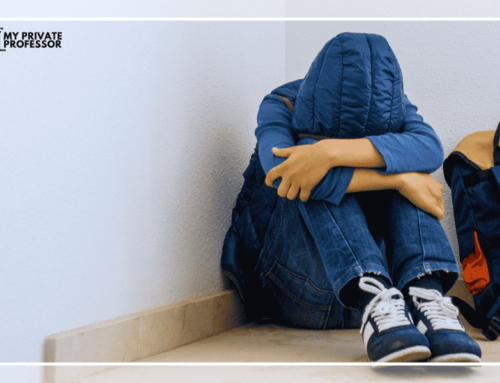When you search on Google, “Who invented the GPS?” three male names come up. But in reality, there was much more to the story.
Gladys West: a hidden figure in the making of the GPS
We all know the name Albert Einstein. The household-name scientist is often known for his theory of relativity, which advanced our understanding of space, time, and gravity. And, admittedly, the GPS wouldn’t function as it does without Einstein.
But there was someone else who also played a significant—albeit often overlooked—role. Enter Gladys West.
Gladys West was an American mathematician and pioneer in creating mathematical models of the earth. Notably, West’s work developing satellite models was eventually used as the building blocks for the modern-day Global Positioning System (GPS).
People often describe West as a “hidden figure”, and for good reason. Despite the significance of West’s accomplishments, she wasn’t truly recognized until a member of her sorority read a biography West had submitted for an alumni fun-fiction. It was then that people began to discover West’s story.
In light of Black History Month, it’s time that we bring Gladys West’s story back to our attention (although we should celebrate this incredible woman every month).
Gladys West’s background and childhood
Gladys West grew up in rural Virginia, where she spent her free time helping her family harvest crops. At the time, the main career options for young Black girls were to continue working on the farm or work at a tobacco-processing plant.
However, it seemed that West’s intellect could lead her down another path.
Unfortunately, there were some obstacles in her way. West’s parents tried and tried to save up to be able to send West to college, but they kept receiving unexpected bills. And West even tried to save up herself, but found that she frustratingly made little progress.
Then, one of West’s teachers declared that the top two students in Galdys’ year would receive scholarships.
Gladys West’s education
As the valedictorian of her high school, West earned a scholarship to Virginia State college—a historically black college—and earned her bachelor’s degree in mathematics, a field which men heavily dominated.
After graduating, she took on a teaching position to save money for graduate school. In 1955, she returned to school to earn her master’s degree in mathematics.
Meanwhile, in the 1950s, one career was gaining popularity, and the position was arising in government agencies and military institutions across the U.S.: the computer programmer. In the 21st century, this has become one of the most coveted jobs in the country.
Gladys West’s work at the Naval Proving Ground
In 1956, West became the second Black woman to be hired at the Naval Proving Ground in Dahlgren, Virginia—and the fourth Black employee hired. There, she worked as a mathematician and computer programmer, specializing in large-scale computer and data processing systems. Ultimately, she aimed to analyze information obtained from satellites.
At Dahlgren, West earned admiration for her ability to solve complex problems by hand. (Later, she transitioned to programming computers to do the work for her.)
Throughout her time there, due to diligent and tireless work, West moved up in the ranks. Notably, she participated in an award-winning study, in which she determined how Pluto moves in relation to Neptune. Consequently, she more comprehensively understood how planets act upon one another.
In the 1970s and ‘80s, West programmed early computers to effectively model the true shape of the earth, using satellite data.
While working at the naval base, West continued her education, earning another master’s degree from the University of Oklahoma (this one in public administration) in 1973.
How Gladys West built the foundations for the modern-day GPS
In 1979, Gladys West became a project manager of Seasat, the first satellite to track the oceans. Seasat enabled West to gain a better understanding of how ocean tides affect the earth’s shape. And this new knowledge played a critical role in her work on the GPS.
While working on Seasat, West redesigned an International Business Machines Corporation (IBM) computer to calculate the exact shape and size of the earth. And unbeknownst to many, she was the first person to take all that we know about the earth and the forces that act upon it, and then input them into a computer to create a mathematical model.
Why were Gladys West’s contributions so revolutionary?
The earth is in constant motion and always has forces acting upon it. Moreover, these forces constantly change the earth’s shape. As a result, it’s incredibly difficult to determine the exact shape/size of the earth. And it’s even harder to pinpoint the exact location of anything on it.
West and the Seasat team created a precise and accurate model of the earth that takes all of these factors into account (forces such as ocean tides and gravity).
Then, the team created a program that could accurately calculate satellite orbits. Eventually, this led to their ability to determine a model for the exact shape of the earth, which is called a geoid.
But Gladys West didn’t stop there. She refused to sit down and relish in her accomplishments. Instead, she actually created a handbook that offered future technicians techniques for developing even more accurate models of the geoid.
The geoid and its subsequent iterations are what allows our present GPS system to accurately calculate the points of any place on earth.
Gladys West refused to back down
That’s not all! After the iconic mathematician retired from the Naval Proving Ground in 1998, she went back to school. Forging on, despite suffering from a stroke and breast cancer, West completed her Ph.D. at age 70.
In 2018, Gladys West was admitted into the U.S. Air Force Hall of Fame, one of the greatest honors given by the Air Force Space Command.
Final thoughts
Gladys West’s accomplishment is a testament to a woman’s lifelong commitment to leaving her mark on the world—and for the betterment of all of us. West’s work also reflects her devotion to lifelong learning—evidently, she was never ready to settle. She always took on more, despite facing countless obstacles.
In celebrating Black History Month, it’s important to show gratitude for the individuals who not only have changed the world, but have done it without expecting anything in return.
In BBC’s “100 Women: Gladys West – the ‘hidden figure’ of GPS,” West points out that we’ve made encouraging progress in the past few decades, and how, “before you sort of whispered and looked at each other, or something, but now the world is opening up a little bit and making it easier for women.”
Even so, she notes, “But they still gotta fight.”




